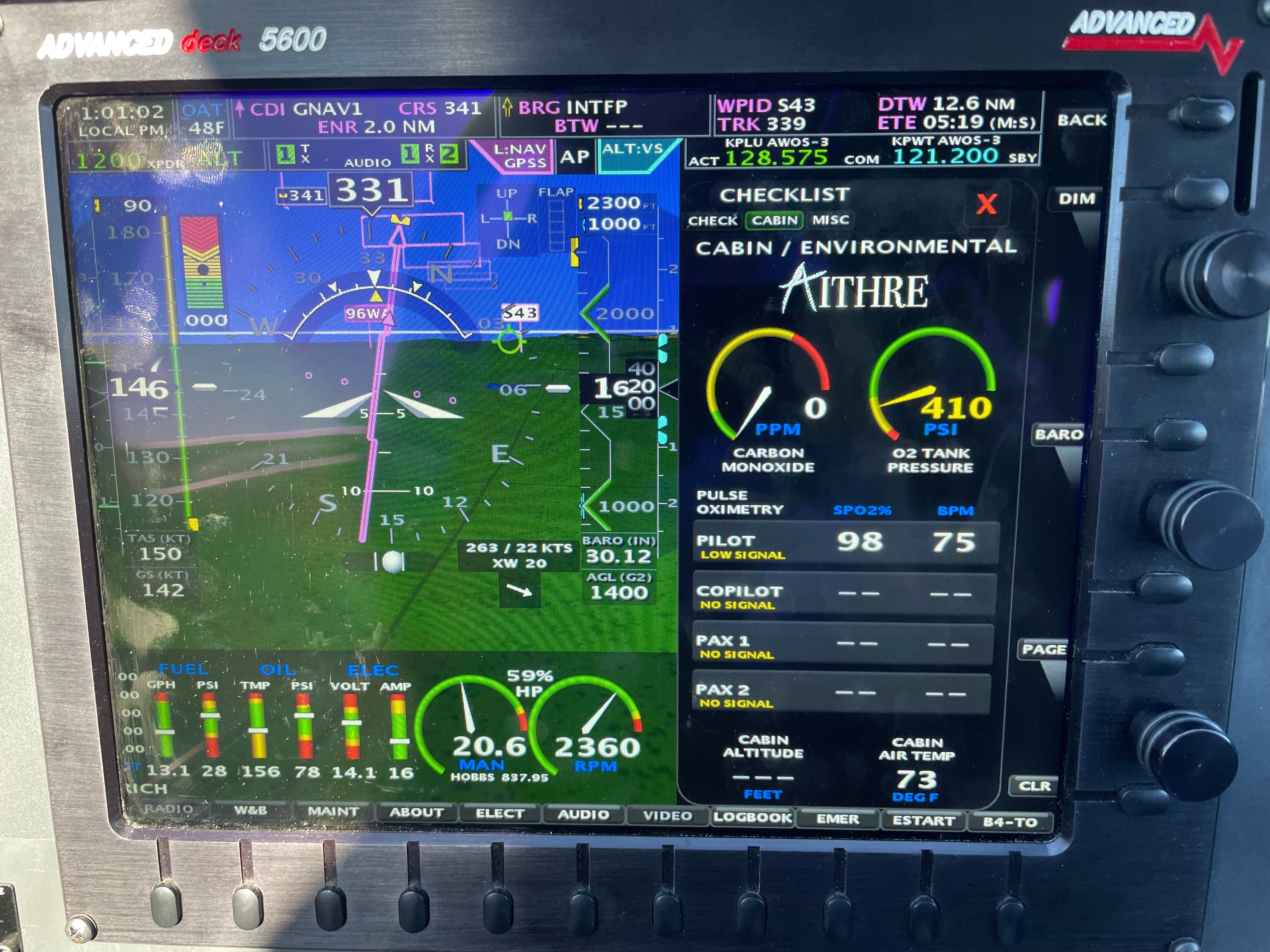Thomas Noonan died recently after attempting a World Record breaking tandem skydive from 41,000. Noonan was a legend in his field with 10,000 jumps over 25 years and instructed privately and with the military.
While readying to depart the aircraft, the oxygen system malfunctioned and oxygen delivery was interrupted. Much of the crew and skydivers all experienced severe hypoxia with loss of motor control and consciousness. Noonan was unable to depart the aircraft, but the pilot appears to have been oxygenated and was able to return the aircraft to the airport. CPR was performed on Noonan and he was taken to a nearby hospital, but was unable to be revived.
At 41,000 feet the conditions are challenging. Average temperature is approximately -70F and the atmospheric concentration of oxygen is just 4% as compared to the 20% at sea level. Time of consciousness is a mere 15-20 seconds, making any disruption in oxygen supply immediately critical and unforgiving.
There are rules for pilots at 41,000 feet, including that the aircraft must be able to supply pressurized demand oxygen to the crew members. The aircraft must also be able to provide continuous flow oxygen to the passengers. However, the rules here are interesting because aircraft don't normally fly to 41,000 feet with their doors open.
The relevant rules are found in 14 CFR 135. The pilot is required for Part 135 operations in an unpressurized aircraft to use oxygen while over 12,000 feet. But what about passengers? Also, under Part 135, the passengers must be provided oxygen over 15,000 feet for unpressurized aircraft. That's it for unpressurized aircraft.
What is interesting too is whether the oxygen system was tested to 41,000 feet unpressurized. The extreme temperatures and pressure at that altitude could cause changes in the seals, plumbing, and cannula lines. Moreover, without pressurized oxygen, the lungs wouldn't be able to absorb the supplement oxygen. The article states that some testing was done the weeks leading up to the jump at 15,000 feet and 28,000 feet, but these are much lower altitudes than 41,000 feet.
While a very sad outcome for those personally affected, for me it will be interesting to follow this story and learn more about the details to help those of use interested in high altitude flight learn more and improve our safety, even at much lower altitudes. These guys were legends in their field and show that even experience won't inoculate you from the dangers of oxygen at altitude.
https://www.yahoo.com/news/florida-man-dies-attempt-break-182034989.html






